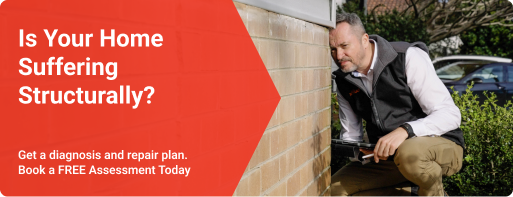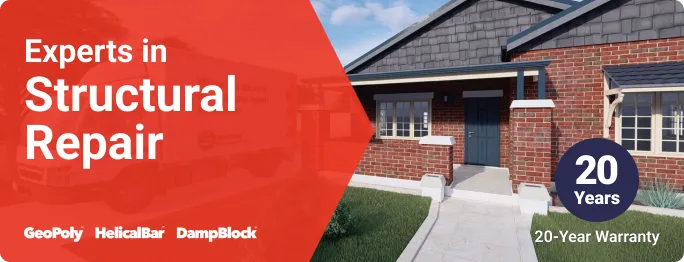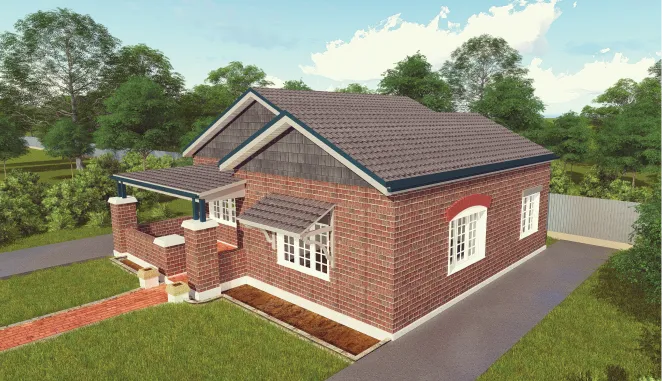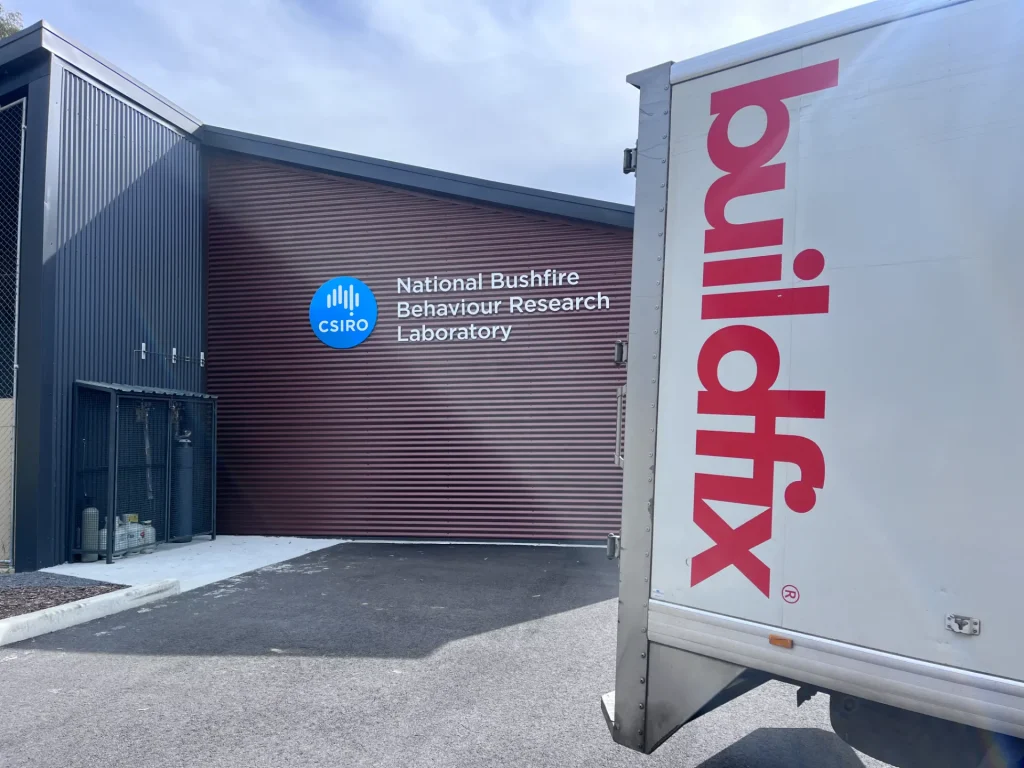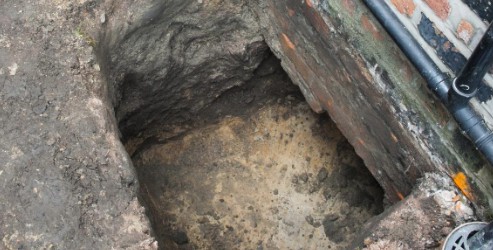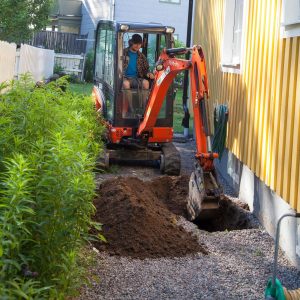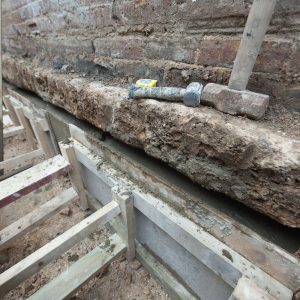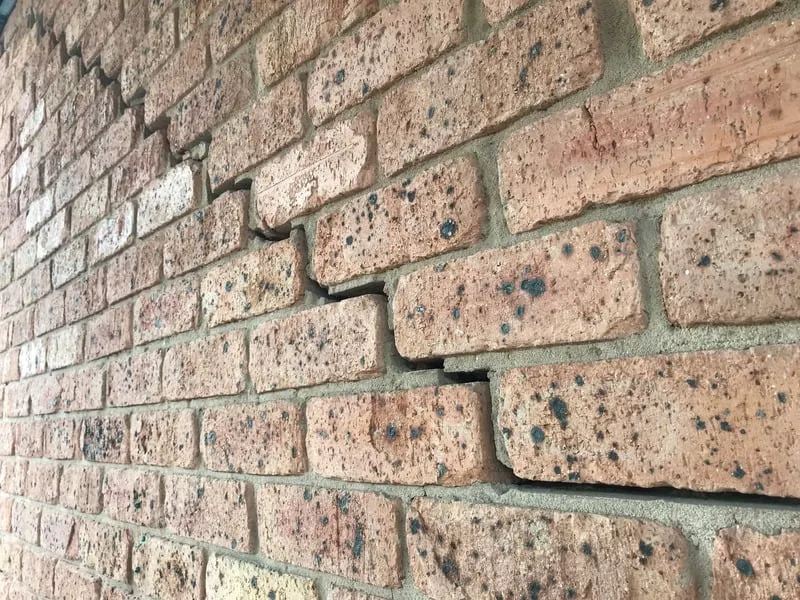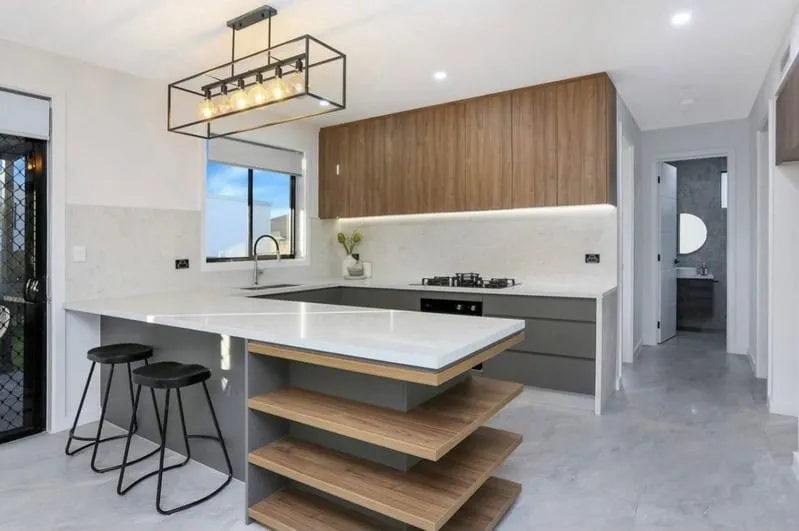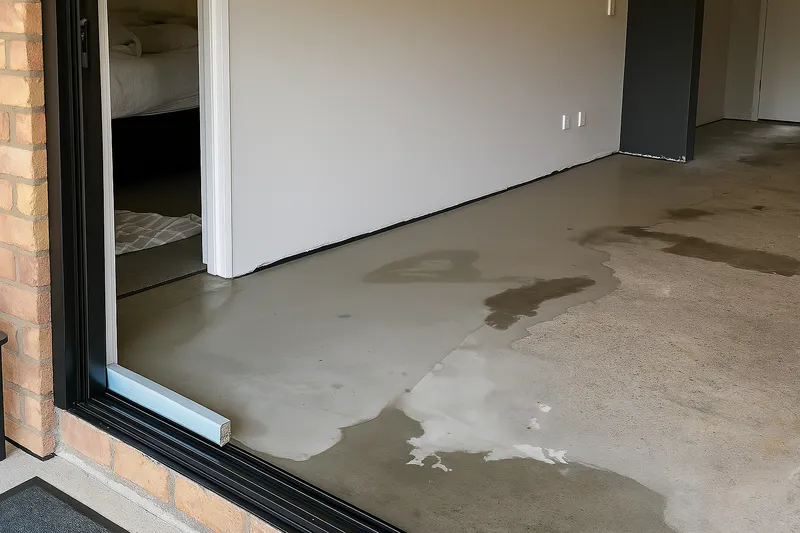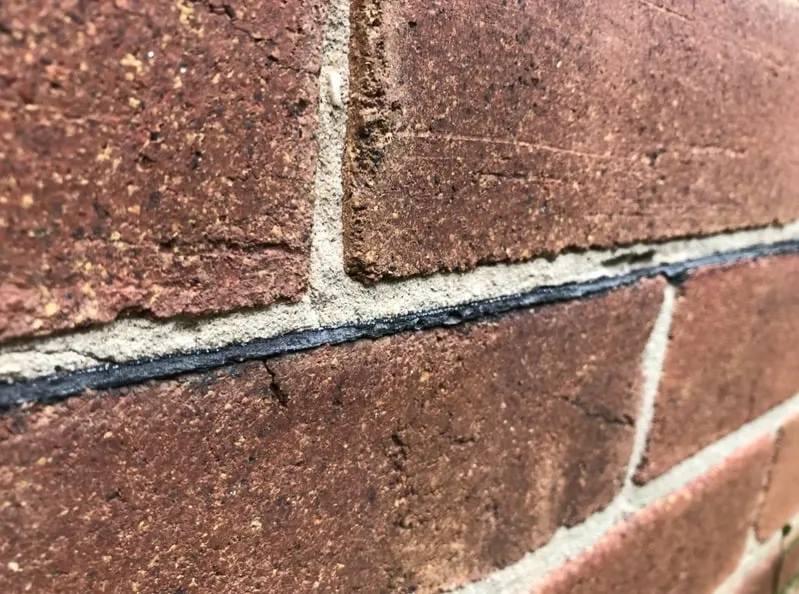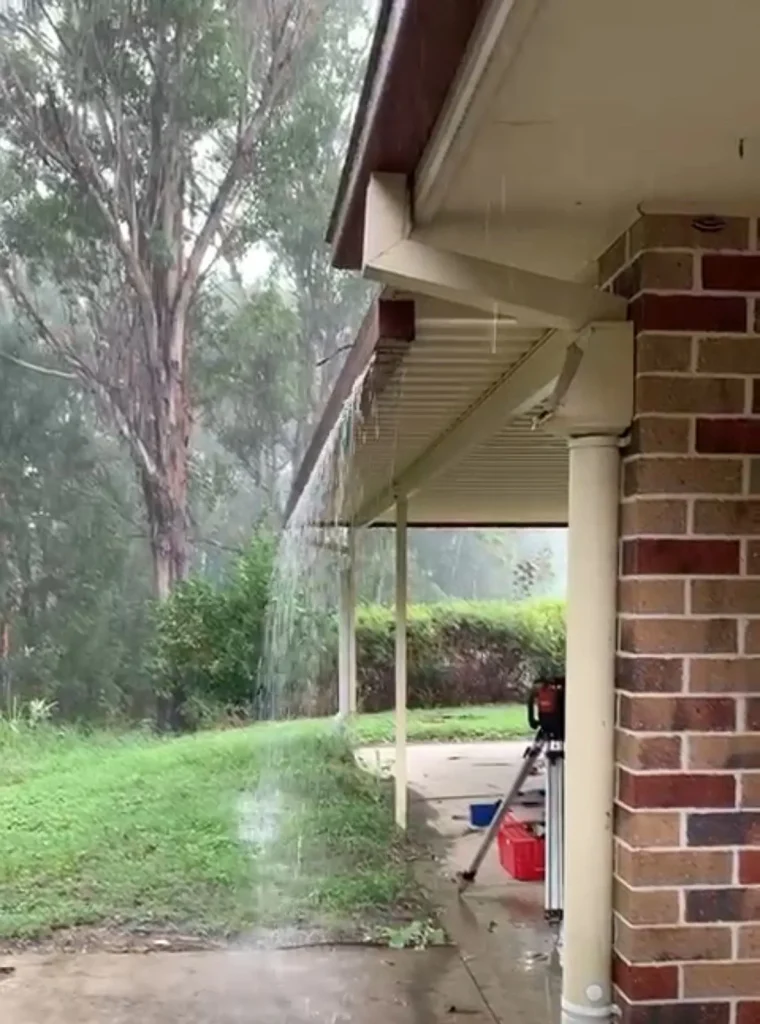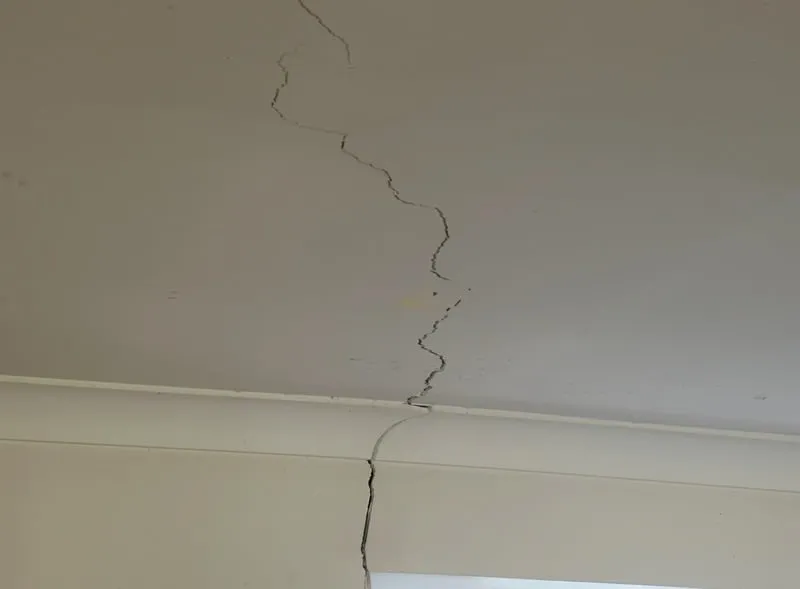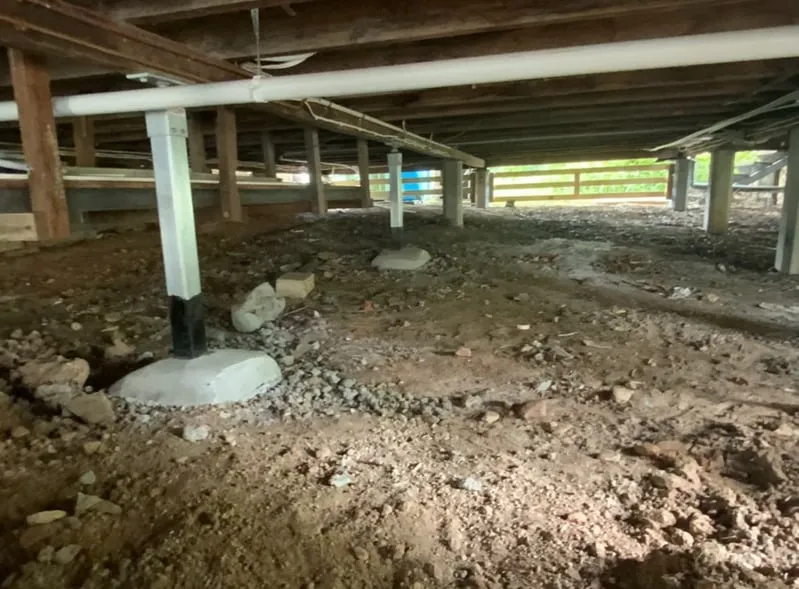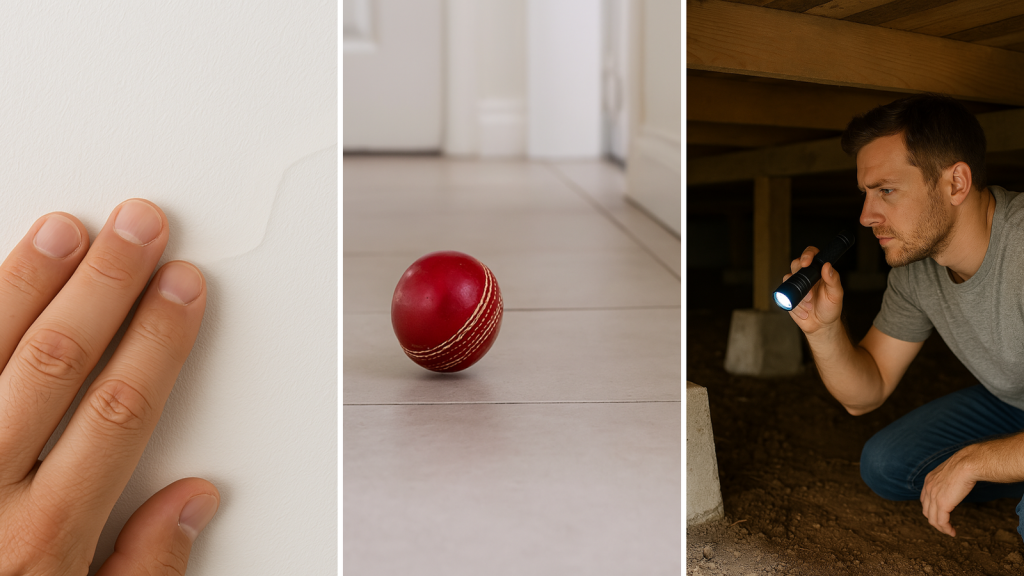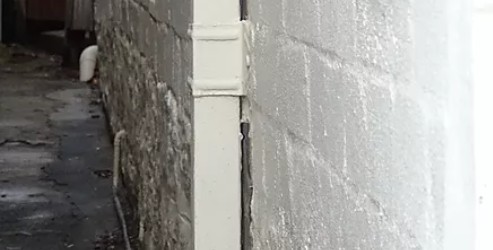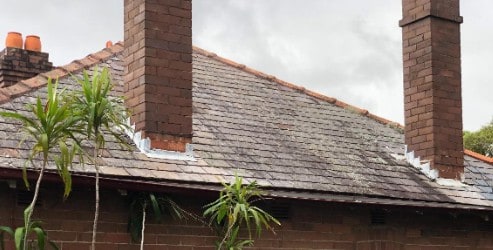You may have been told by builders you’ll need concrete underpinning to stop your house from sinking. While concrete underpinning may have been an acceptable solution 30 or even 40 years ago, the hard truth about this approach today is it’s obsolete. With an abundance of modern technologies available, there are other solutions. One of the most cost-effective and reliable, is resin underpinning. It makes older concrete methods an archaic, backwards way of stabilising house foundations and residential structures. Our resin underpinning solution, GeoPoly™, is without any doubt the solution you should pick. Why? Here are our top 3 reasons.
INVASIVE and DISRUPTIVE
Concrete methods require massive holes to be dug underneath your home. Every last metre of those holes then need to be filled with concrete. This takes months to do.To add insult to injury, you can’t be at home while all this happens. Underpinning your home with concrete means you’ll need to stay at a relative or friend’s home for months. Or even a hotel which will escalate your costs significantly. Our resin underpinning solution, GeoPoly™, is the opposite of this. In most cases, it doesn’t take more than a day to inject into the ground and stabilise it. And you can even stay at home while it happens.
UNFEASIBLE
Some underpinning solutions can cost between $20,000 to $100,000. If your house is a large one, the cost may be even higher. Life is full of monetary demands and competing priorities making the price for concrete underpinning unfeasible for the majority of Australians. Stabilise or re-levelling a sinking house with GeoPoly™, typically costs between $3,000 to $7,000.
Still considering concrete underpinning? Stop right there.
Underpinning your home with concrete constitutes a massive outlay for any company that does it — it’s an enormous investment of time, money and human resources. Very often, wall cracks return to your home’s structure. Even the people who do concrete underpinning aren’t confident in this technique. If they’re not confident in concrete underpinning, why should you be?We’re confident in GeoPoly™ and its ability to re-level homes. Unlike concrete underpinners, we guarantee stability for up to 20 years.

